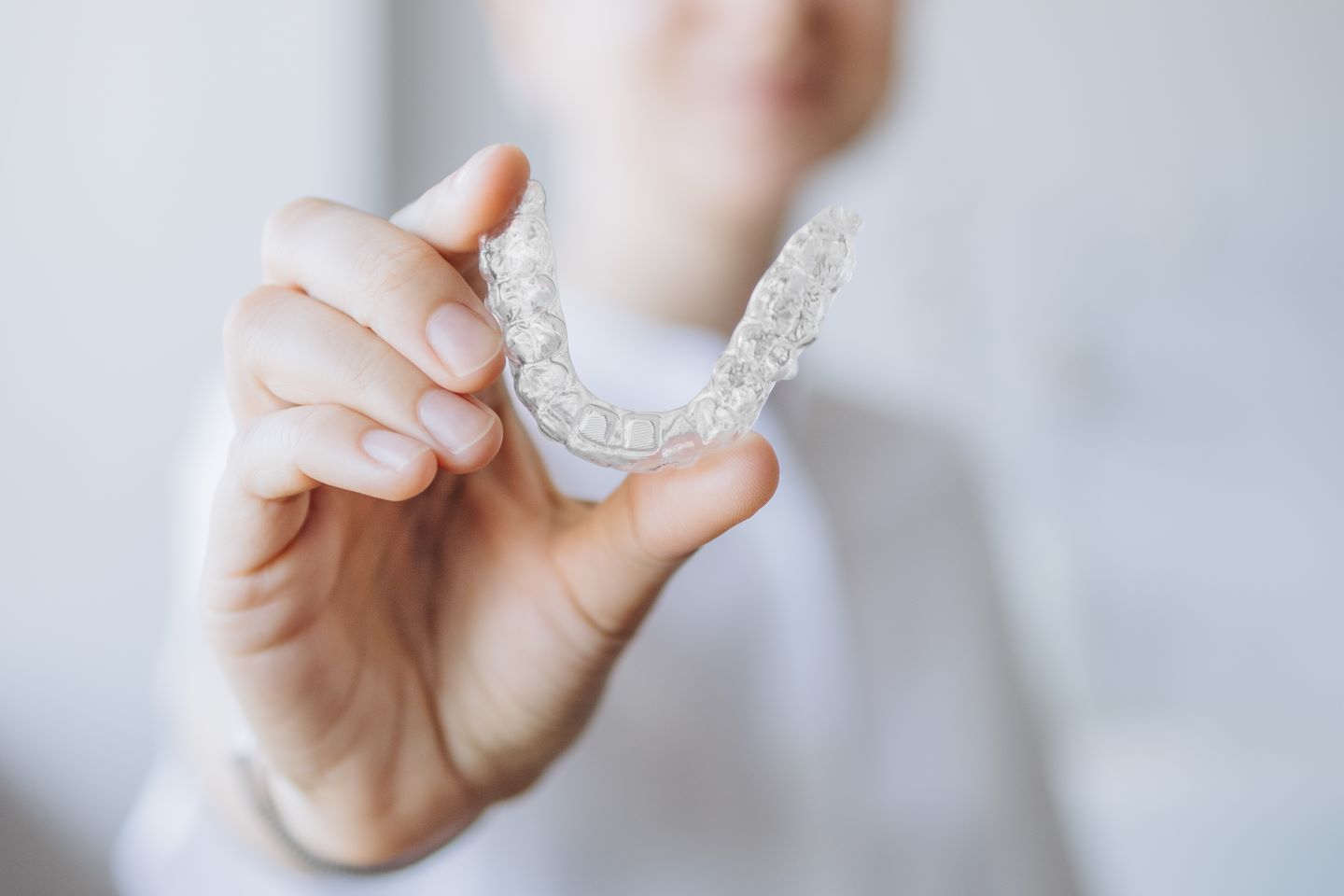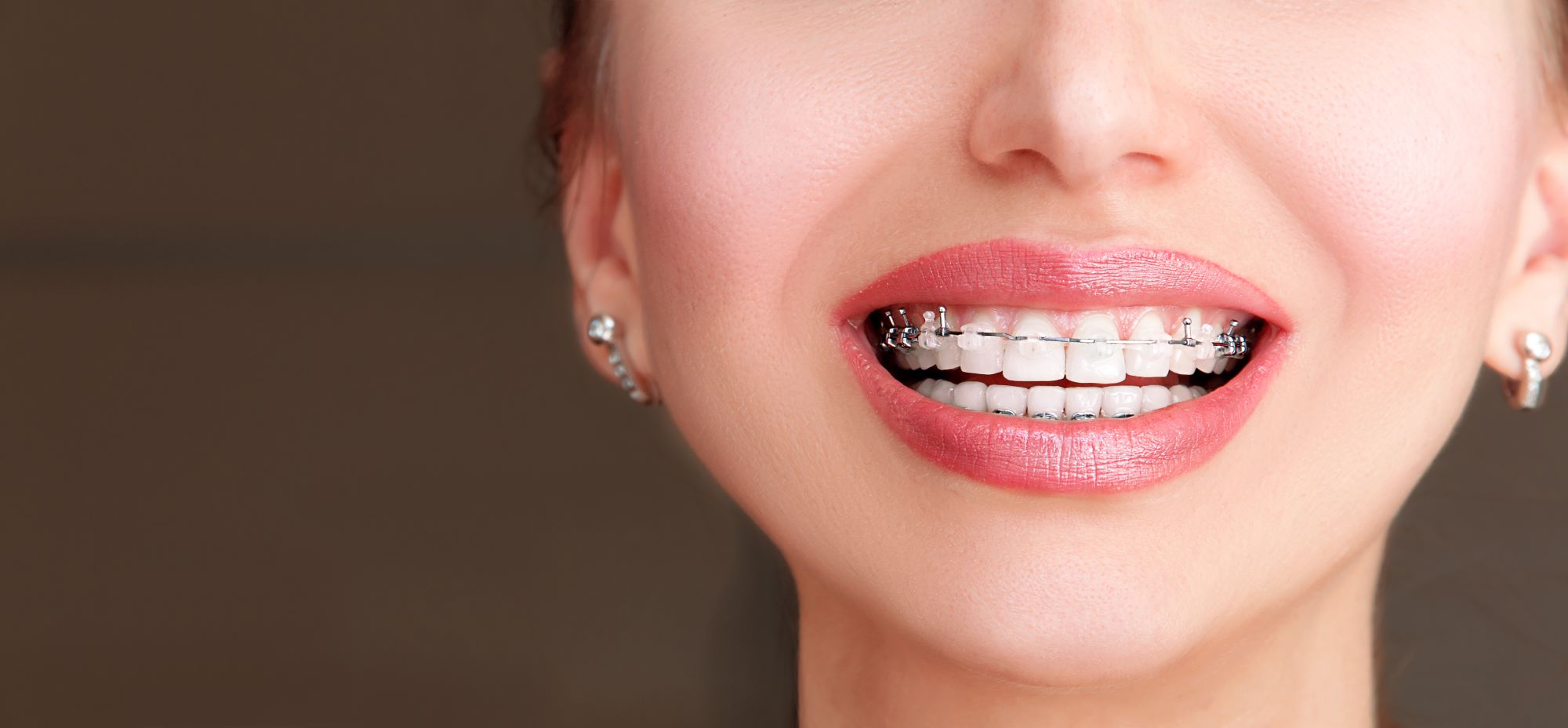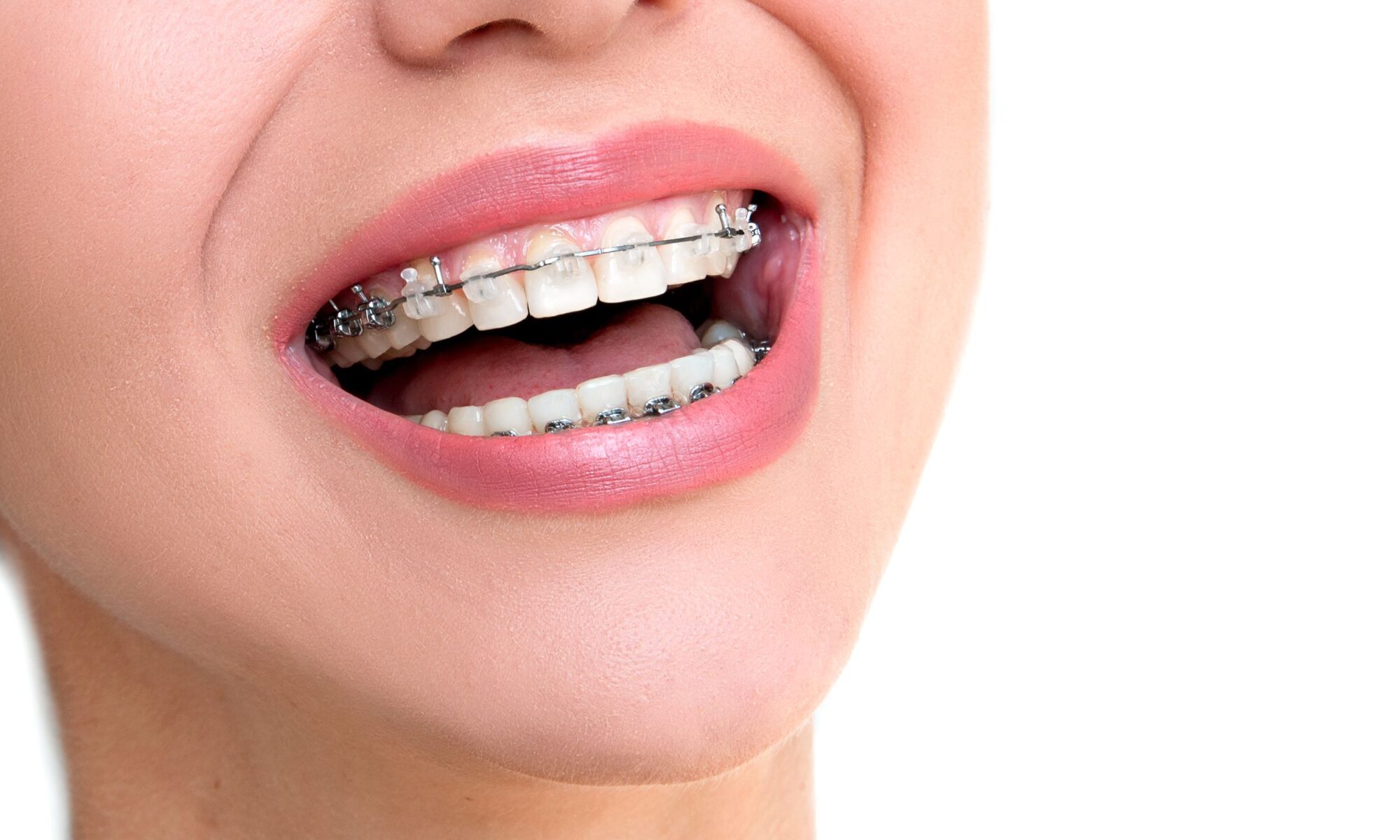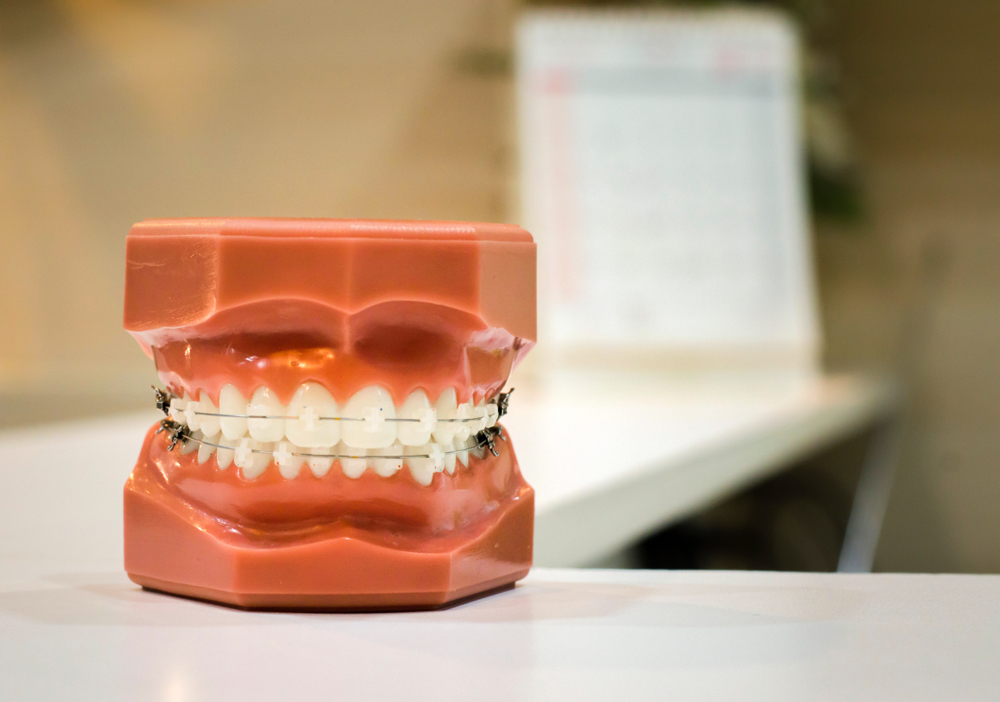At South Meadows Dental, we know that summer is a time for laughter, adventure, and making memories, but it’s also the perfect time to begin orthodontic treatment for your child. Whether you’re enjoying family vacations or simply taking a break from the school routine, summer offers a flexible schedule that makes it easier to attend appointments and establish a healthy orthodontic care routine.
Why Consider Child Orthodontics?
Many parents wonder when to begin treatment for their child’s teeth; typically, children should have their first appointment with an orthodontist by age 7. At this stage, a pediatric orthodontist can identify potential orthodontic problems and determine if early treatment is needed. Even if your child’s smile looks fine, issues like misaligned teeth, crowding, bite problems, or airway issues could be developing beneath the surface.
Benefits of Early Orthodontic Services
1. Guides Dental Development
Early orthodontic treatment helps direct the proper growth and development of your child’s jaw and teeth. This guidance can reduce the risk of future complications and may eliminate the need for more invasive procedures later in life.
2. Minimizes Future Treatments
Interceptive care enables our doctor to identify developing issues, such as crowding or misalignment, before they worsen. Addressing these concerns early can shorten overall treatment time and, in some cases, prevent the need for traditional braces.
3. Boosts Confidence
A beautiful smile has a significant impact on a child’s self-esteem. Early correction of prominent front teeth or jaw discrepancies can prevent teasing and give your child the confidence to smile proudly in photos, during class, and on the playground.
The Role of Damon Braces for Kids
Many of our young patients benefit from the innovative Damon System. Unlike traditional braces, Damon Braces use self-ligating brackets that reduce friction and require fewer adjustments. They’re an excellent option for child orthodontics, offering a more comfortable experience and faster results.
Why Choose Damon Braces?
- Designed to move teeth more naturally
- Require fewer in-office visits
- Offer improved aesthetics compared to standard braces
- Help correct complex orthodontic problems, including jaw alignment and crowding
What to Expect With Child Orthodontics
Your child’s first appointment will include a gentle evaluation of their teeth, jaw, and oral health. From there, we’ll create a customized plan that aligns with their stage of growth and development. Our team is dedicated to making orthodontic care enjoyable and stress-free for children of all ages.
Care Tips for Kids With Braces
Our office provides educational materials and tools to help both parents and kids stay on track throughout their orthodontic treatment. Our orthodontists recommend:
- Brush after every meal to remove food particles
- Avoid sticky or hard foods that can damage brackets
- Use a mouthguard when playing sports
- Visit your dentist regularly to maintain overall oral health
Why Choose South Meadows Dental?
South Meadows Dental proudly serves Northern Nevada families with advanced orthodontics in a warm, caring environment. With a focus on comfort and results, our board-certified orthodontists and helpful team ensure every child receives expert care from the first appointment to the final smile. If you’re ready to give your child a confident, healthy smile this summer, schedule your child’s complimentary consultation online.









